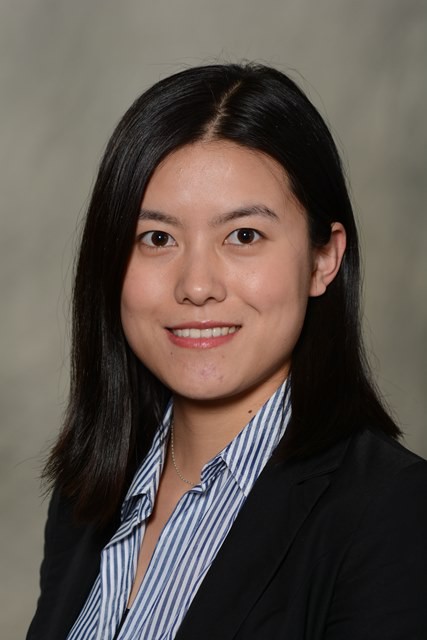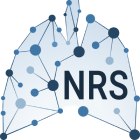Haoxiao Zuo received NRS Travel Grant

NRS travel grant report
I am Haoxiao Zuo, a PhD student involved in a collaboration project between the Department of Molecular Pharmacology, University of Groningen, the Netherlands and the Institute of Experimental Cardiovascular Research, University Medical Centre Hamburg-Eppendorf, Germany. My research aims to understand the effects of cigarette smoke on spatio-temporal dynamics of cAMP in structural lung cells such as airway smooth muscle cells and epithelial cells, and its relation to the development and progression of COPD.
Thanks to NRS young investigator travel grant, I was able to attend ”the 5th International Meeting on Anchored cAMP Signaling Pathways” which was held in Zermatt, Switzerland during October 6-9, 2016.
Through this conference, I had a closer insight into the recent progresses on the role of cAMP pathways in regulating key cellular and physiological processes in respiratory and immune systems, vascular development and heart diseases. All of these subjects inspire me and provide me multiple directions in my future research of cyclic AMP signaling pathways in pulmonary diseases. For example, many invited speakers emphasized the importance of A-kinase anchor proteins (AKAPs) localized signal compartmentalization in understanding diseases developments. Based on other people’s research, I also selected several AKAPs that could be tested in my cigarette smoke exposure model.
Fluorescence resonance energy transfer (FRET) measurement is one of the most important techniques in my project, which is able to monitor intracellular cAMP levels in real-time by using different cAMP biosensors. In this conference, numerous cAMP and cGMP biosensors, which anchored in membrane, cytoplasm or other organelles, were described. They are, at the moment widely used in researches of cardiovascular diseases, but not yet in the pulmonary field. Therefore what was presented during this conference holds the key value of my PhD study. Exploring the effects of cigarette smoke on modulating specific cAMP microdomains could indicate some potential therapeutic targets that can be used for COPD treatments.
The beauty of science is not only in the lab, more often, it is about the sparks and ideas that created during discussion on such important conferences. During the discussion section, many people showed great interests in our cigarette smoke in vitro and in vivo exposure model. Also, I got many good suggestions on data analysis and potential directions in the following projects. Moreover, several experts in the field showed their willing for a deep collaboration with our group.
I would like to thank NRS for this great opportunity to visit ‘the 5th International Meeting on Anchored cAMP Signaling Pathways’ conference. Participating this conference surely improves my knowledge that can be very useful in my research, as well as provides me more directions to develop my academic career.
Haoxiao Zuo
Department of Molecular Pharmacology, University of Groningen
Groningen Research Institute of Asthma and COPD (GRIAC)

